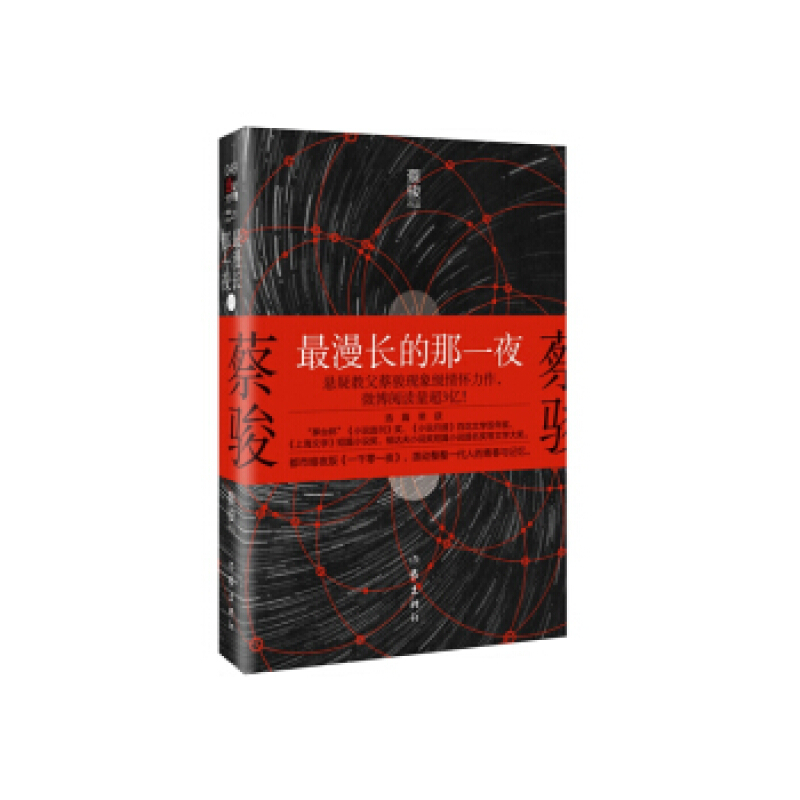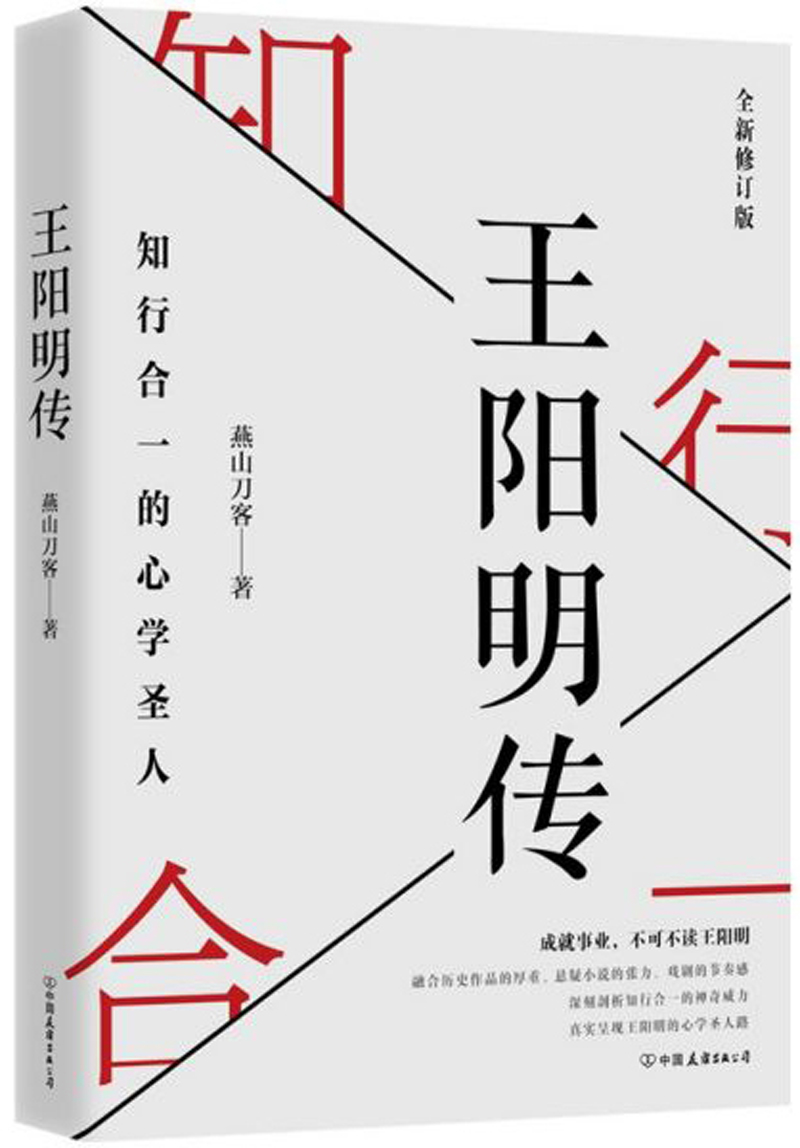 PDF下载
公众号
其他格式
PDF下载
公众号
其他格式
大小:- MB
下载:12次
多层膜集成结构体声波谐振器(英文版)(精)
- ISBN:9787313087362
- 作者:张亚非
- 印次:1
- 开本:16
- 版次:1
- 出版社:上海交大
- 出版时间:2012-12-01
- 印刷时间:2012-12-01
手机扫码免费下载
纠错留言#电子书截图
#电子书简介
基本信息
- 商品名称:多层膜集成结构体声波谐振器(英文版)(精)
- 作者:张亚非//陈达
- 定价:68
- 出版社:上海交大
- ISBN号:9787313087362
其他参考信息(以实物为准)
- 出版时间:2012-12-01
- 印刷时间:2012-12-01
- 版次:1
- 印次:1
- 开本:16开
- 包装:精装
- 页数:152
- 字数:214千字
编辑推荐语
张亚非等编著的《多层膜集成结构体声波谐振器(英文版)(精)》简介: The growth of the telecommunication industry has accelerated the development of a variety of radiofrequency (RF) devices. With the rapid development of wireless communication systems such as satellite, navigation, and internet telephony, communication applications demand ever larger bandwidth, faster data transmission, higher frequency resonators and densities. Traditional ceramic dielectric filters cannot be integrated with circuits due to their large volume. With the recent advance and development of nanoscale technology and processing, new types of functional thin film materials and devices are pushing the frontier of micro-nanosystem technology for their performance, particularly for frequency controllers.
目录
Chapter 1 Introduction
1.1 RF Filters in GHz Wireless Applications
1.1.1 The Requirement of RF Filters
1.1.2 Types of RF Filters
1.2 Bulk Acoustic Wave (BAW) Resonator and Its Development
1.2.1 BAW Resonator
1.2.2 Micro Electromechanical Systems (MEMS) Applied in BAW
1.3 The Principle and Configurations of FBAR
1.3.1 The Principle of FBAR
1.3.2 Typical FBAR Configurations
1.3.3 Current Status of FBAR Filters
1.4 The Application of FBAR in Mass Loading Sensors
1.4.1 Acoustic Resonant Mass Sensors
1.4.2 FBAR Mass Loading Sensors
1.5 Overview of the Chapters
References
Chapter 2 Propagation of Acoustic Wave in Crystals
2.1 The Equation of Acoustic Plane Wave
2.1.1 The Equation of Elastic Deformation
2.1.2 Christoffel Equation
2.2 Propagation of Plane Wave in Isotropic Medium
2.3 Propagation of Plane Wave in Anisotropic Medium
2.3.1 Dispersion Relation and Inverse Velocity Face
2.3.2 The Solution of Wave Equation in Cubic Crystal
2.4 Piezoelectrically Active Wave Propagation
2.5 The Plane Wave Propagating in Piezoelectric Hexagonal Crystal..
References :
Chapter 3 The Theory of FBAR
3.1 The Electric Impedance of the Ideal FBAR
3.1.1 The Analytic Expression of the Electric Impedance
3.1.2 The Resonance of FBAR
3.2 The Electric Impedance of the Compound FBAR
3.2.1 The Definition of the Acoustic Impedance
3.2.2 The Boundary Condition of Compound FBAR
3.3 The Loss and Performances of FBAR
3.4 The Equivalent Electromechanical Mode of FBAR
3.4.1 The Equivalent Mode of the Layers
3.4.2 The Universal Equivalent Mode of FBAR
3.4.3 The Equivalent Circuit Nears the Resonance of FBAR
3.5 The Calculated Influence of the Materials and Structure
on the Device Performance
3.5.1 The Effects of the Electrode
3.5.2 The Influences of Supporting Layer and the Residue Silicon Layer
References
Chapter 4 The Deposition and Etching of AIN Film
4.1 Deposition of A1N Film by RF Magnetron Sputtering
4.1.1 Introduction
4.1.2 Experimental
4.1.3 The Effect of RF Power on the Film Texture
4.1.4 The Influence of Ambit Pressure and the Ratio of N2/Ar on the Film Structure
4.1.5 The Influence of the Substrate Temperature on the Film Texture
4.1.6 The Microstructure and Chemical Component
4.2 The Structural Characteristics of A1N Films Deposited
on Different Electrodes
4.3 Dry Etching of A1N Films Using Fluoride Plasma
4.3.1 The Dry Etching of A1N Films
4.3.2 Experimental
4.3.3 The Etching Rate
4.3.4 The Morphologies
4.3.5 The Etching Mechanism
4.4 The Wet Etching of AlN
4.4.1 The Wet Etching Process
4.4.2 Experimental
4.4.3 The Influence of the Film Texture
4.4.4 The Effects of Crystal Quality
References
Chapter 5 The FBAR with Membrane Structure
5.1 The Structure and Testing Method
5.1.1 The Structure of the Device
5.1.2 The Testing Method
5.2 The Fabrication of Membrane Structured FBAR
5.3 The Preparation and Properties of PZT Film
5.3.1 Preparation of PZT Film Using Sol-Gel Method
5.3.2 The Structure and Properties of PZT Film
5.4 The Etching Process of the Films
5.4.1 The Etching of PZT Film
5.4.2 The Etching of SiO2
5.4.3 The Etching of Si
5.5 The Testing Results
References
Chapter 6 Solidly Mounted Acoustic Resonator
6.1 The Design of SMR
6.1.1 The Structure of SMR
6.1.2 The Theory of the SMR
6.1.3 The Simulation of Frequency Response for SMR
6.2 The Preparation of SMR
6.2.1 The Bragg Reflector
6.2.2 The Fabrication of SMR
6.2.3 The Textures and Morphologies of the A1N Films
6.2.4 The Stress of Multilayer Film
6.3 Performance Test of SMR
6.3.1 The Parameter S11 of SMR
6.3.2 Impedance Characteristics of SMR
References
Chapter 7 The Applications of FBAR in RF Filters
7.1 The Topology of the FBAR Filters
7.2 The Design of FBAR Filters
7.2.1 The Working Principle of FBAR Filters
7.2.2 The Design of the FBAR Filters
7.2.3 The Acoustic Coupled FBAR Filter
7.3 The Example of a FBAR Filter for PCS CDMA
7.4 The Duplexer and Oscillator Based on FBAR
7.4.1 Duplexer Based on the FBAR
7.4.2 The Oscillator Based on FBAR
7.4.3 The Integration of FBAR in RFIC
References
Chapter 8 The FBAR Excited by Lateral Filed
8.1 Introduction
8.1.1 Two Kinds of Excitation Mode in Piezoelectric Resonator..
8.1.2 Lateral Filed Excitation FBARs
8.2 Theoretical Backgrounds
8.2.1 The Excitation and Thickness Shear Mode
Wave Propagation
8.2.2 Electric Characteristics of LFE Resonators
8.3 LFE FBAR Fabrication and Performances
8.3.1 Device Structure and Design
8.3.2 Device Fabrication
8.3.3 The Device Performances
References
Chapter 9 High Sensitive Sensors Based on FBAR
9.1 Microbalance Sensor Based on Piezoelectric Quartz Crystal
9.1.1 Quartz Crystal Microbalance
9.1.2 The Sensing Principle of Piezoelectric Crystal
9.1.3 Measuring Method of Piezoelectric Crystal Resonance Sensor
9.2 The Sensitive Material of Piezoelectric Crystal Sensor
9.2.1 The Requirement and Mechanism of Adsorption
9.2.2 Coating Methods of Sensitive Material
9.2.3 Application of Piezoelectric Crystal Sensor
9.3 Carbon Nanotubes Sensitive Material
9.3.1 Adsorption Property of CNTs
9.3.2 Application of CNTs as Adsorbed Layer
9.4 Sensors Base on FBAR
9.4.1 The Sensing Principle of FBAR
9.4.2 MBVD Circuits of FBAR Sensor
9.4.3 Substance Testing with FBAR
9.4.4 Other FBAR-Based Detections
9.5 FBAR Sensor Coated with CNTs Sensitive Material
9.5.1 Formation Method of CNTs Selective Layer
9.5.2 Example of FBAR Sensor
9.5.3 Mass Sensitivity of Sensor Frequency
9.5.4 Frequency Response to Added Mass
of CNTs Deposition Layer
9.5.5 The Frequency Response to CNTs Adsorption
References
Index









评论列表(0)